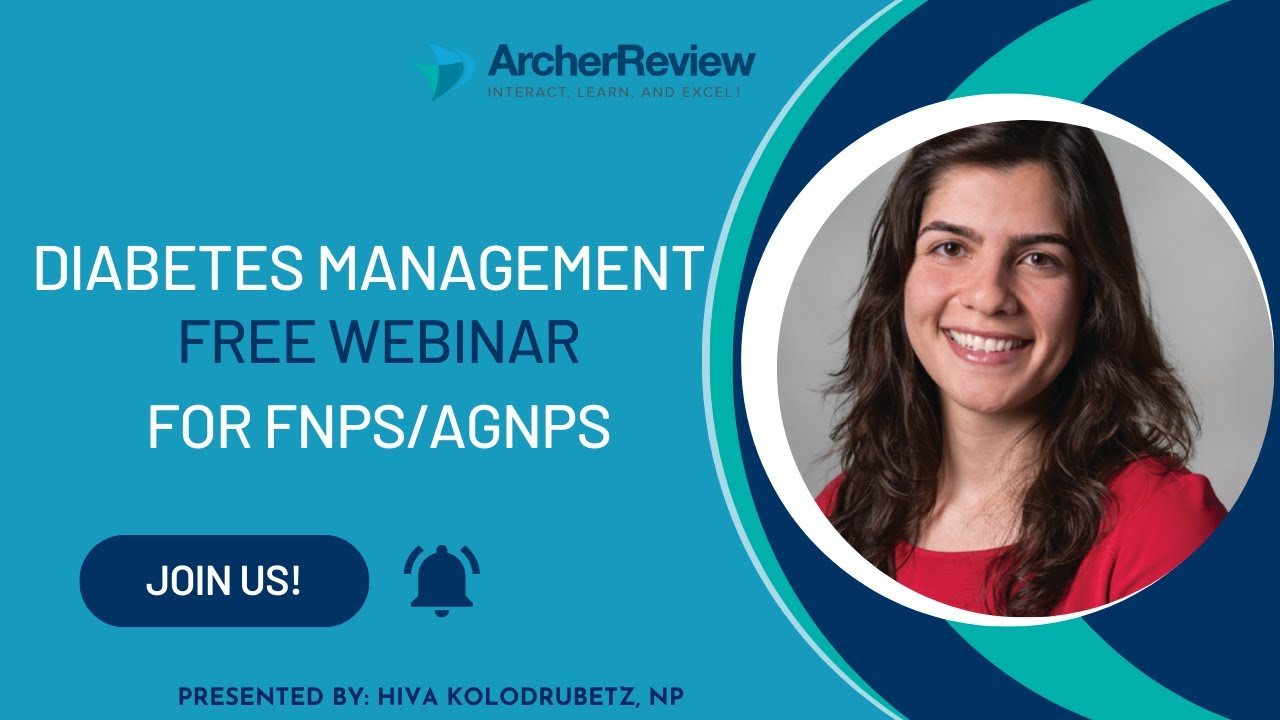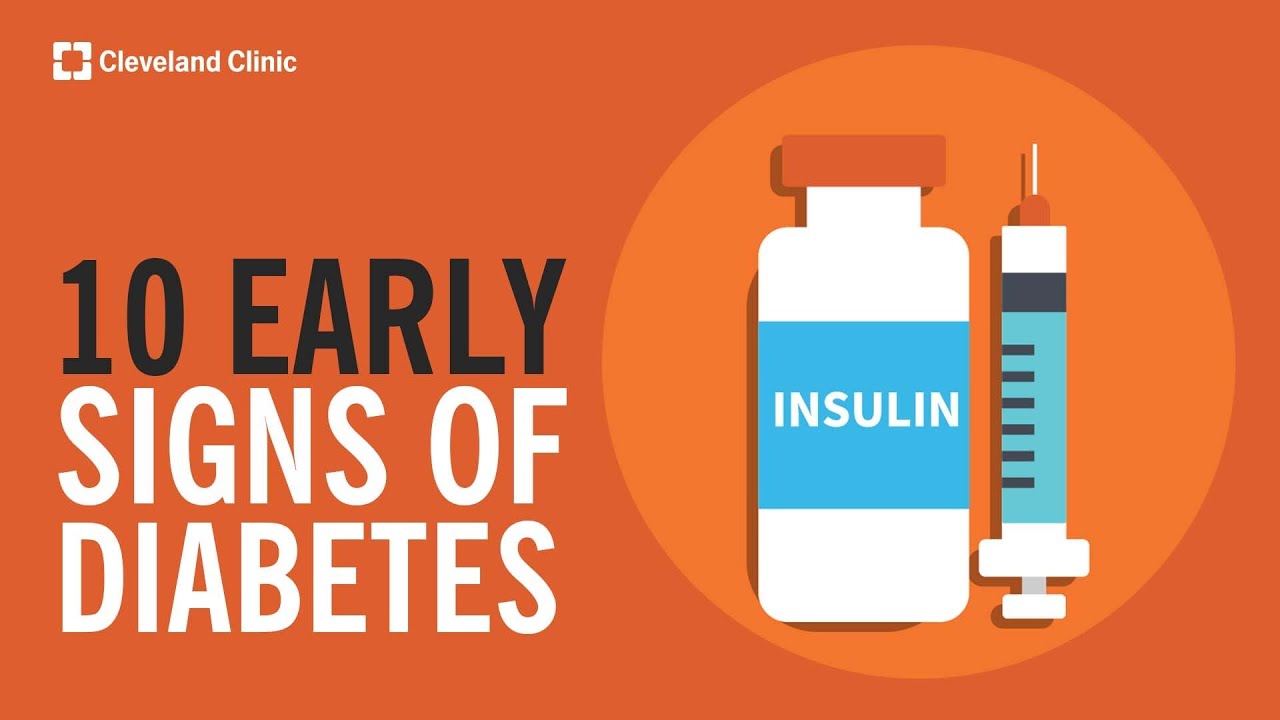Screening for diabetes most cost effective when started between ages 30 and 45
Reuters Health • The Doctor's Channel Daily Newscast
Lead author Dr. Richard Kahn, from the American Diabetes Association, Alexandria, Virginia, and associates used an Archimedes mathematical model to compare nine screening strategies (with start times ranging from age 30 to age 60 or upon diagnosis of hypertension, and repeated every 3 to 5 years until age 75) to no screening or maximum screening (every 6 months starting at age 30). The Archimedes model was developed by Dr. David Eddy, one of Dr. Kahn’s co-authors. Literature from a company founded by Dr. Eddy explains that Archimedes “is a full-scale simulation model of human physiology, diseases, behaviors, interventions, and healthcare systems.” “The Archimedes model is an astonishingly well-validated, well-constructed, complete mathematical model of health care,” Dr. Kahn explained. “No other model has tackled the issue of different times to start screening and different frequencies, because (previously used models) are overly simplistic.” For this study, the researchers simulated a population of 325,000 nondiabetic 30-year-olds with demographic, behavioral, and biomarker risk factors similar to those of individuals in the U.S. National Health and Nutrition Examination Surveys (NHANES) 1999-2004.
Screening that started at 30 or 45 years of age reduced rates of myocardial infarction, microvascular outcomes, and death the most. Aside from no screening at all, screening that started upon diagnosis of hypertension was least effective at reducing events.
The expected number of quality-adjusted life-years (QALYs) added per 1000 people over 50 years of follow-up ranged from 171 for screening every 3 years beginning at age 30, to 114 for screening every 5 years starting at 45. Starting at age 60 yielded fewer QALYs saved.
Five screening strategies had costs per QALY no higher than about $10,500 – screening every 3 years starting at age 30, screening every 3 or 5 years starting at age 45, and screening every year or every 5 years upon diagnosis of hypertension. Costs per QALY were significantly higher for annual screening starting at age 45, or every 3 years starting at age 60.
The authors note that “if the strategy of screening starting at age 45 years with follow-up every 5 years coincided with the general recommendations for lipid screening, then the cost per QALY would decline from $9765 to $6106,” because there’d be no office visit cost attributable to diabetes screening. So in general, Dr. Kahn recommends initiation of screening sometime between the ages of 30 and 45, then continuing every 3 to 5 years.
Within that range, he said, “Doctors should pick whatever they feel most comfortable doing.”
“To make it simple and to remind people when to get screened, they may want to do it (when they) screen for cholesterol, starting at age 45 then every 5 years,” he added.
On the other hand, he added, people with obesity and/or a family history of diabetes should probably be started “a little earlier, but not at 25.”
The study was funded by Novo Nordisk, Bayer Pharmaceuticals, and Pfizer. Three of the authors are employed by Archimedes, Inc.
Reference:
Lancet 2010.








